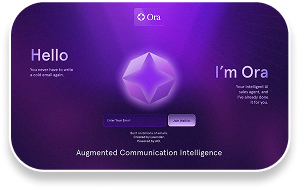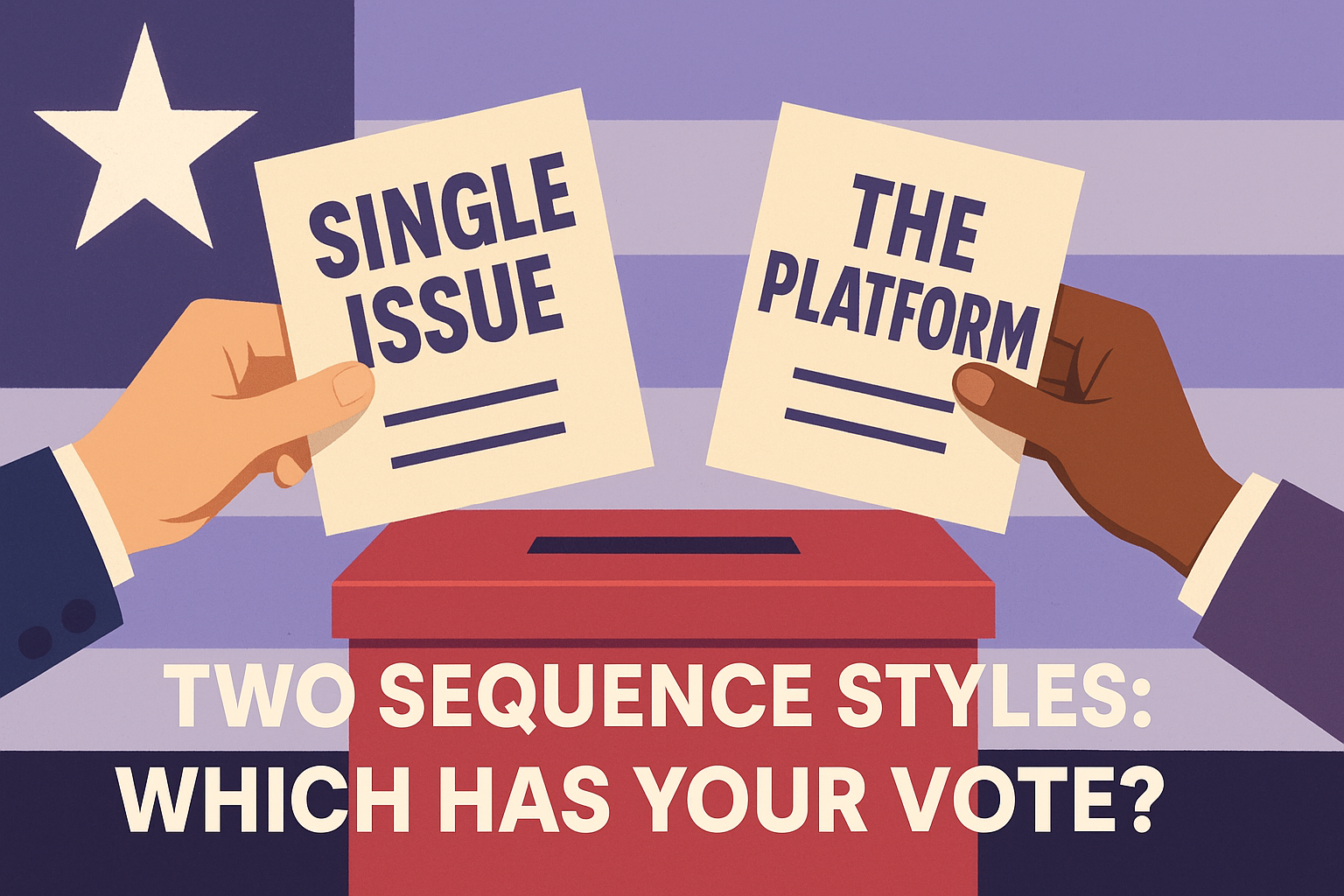6 Reasons Why No One Reads Your Emails
The majority of emails people receive go unread. Here are six things affecting your open rates, and how to change them to get more replies.

On average, your reader spends 11 seconds reading your email. Here's what that means for you:
They read to categorize, not comprehend.
The first question your recipient asks themselves when they open an email is, "what is this?" They're looking for clues that could tell them if it's a vendor they know, a friend, or... a sales email.
They don't want a sales email.
In fact, "sales email" is a dirty word in their mind. They think, "Oh, jeez. Here comes the pitch." This means you have to vigilantly look for patterns that might tip them off.
You want to avoid that mental spam filter.
What is a mental spam filter?
A mental spam filter is the brain's categorization process of the email inbox.
Sales professional and author Andy Paul told us starting an email with "Hey" triggers his.
Most folk's spam filters aren't that tuned, but here are some top triggers for your prospects' mental spam filters.
1. Marketing Subject Lines
You know the subject. Things like "Will, are you trying to increase replies?" Using verbs, commands, first names, punctuation, and sensational ideas put your reader's guard up. They suspect they're about to get pitched.
Make it boring. Make it a topic. Make it feel internal.
2. Cliches
"I hope this finds you well," "Hi my name is {Sender's First Name}," "Let's find 15 minutes," etc., — these phrases kill your chance of getting a positive reply.
Don't wave these giant red flags.
3. Length
People don't want to read a novel. They don't know you. They won't read it. They'll glimpse it and say, "that's too much work."
Don't do it. Don't waste your time.
The best emails right now are between 25-50 words. Write accordingly.
4. Buzzwords
As a recipient, the first question you ask when you open a cold email is, "what is this?" If your email is clogged with ugly buzzwords like "strategic revenue enablement" or words like "rigor," your reader isn't grasping what you're talking about.
You're missing out on replies!
Just say what it is in plain English in under six seconds.
e.g. "Lavender is a chrome extension that helps you write better emails." We also call it an "in-inbox writing assistant." We want you to walk away with a concrete understanding of what we provide.
Keep it simple. Make it concrete.
5. "Educating"
This is in quotes because it's less obvious. It's more about tonality. You could also call it "talking at" your prospect. This typically shows up in Lavender as an informative tone.
Informative tones have a perfectly inverse correlation with your reply rate. Be more informative, and get fewer replies.
It isn't about you... but it's also not about "educating." Many try to educate their buyer. It puts your reader off faster than you'd imagine.
They didn't open their inbox to get a lecture.
6. Bad Formatting
Your reader is 8x more likely to have their first impression of your email on their phone. You're 3x more likely to send it from your computer.
This disconnect is why mobile formatting is one of the biggest reasons conversations die. The in-thread view is wider in your inbox. This means you become less aware of your formatting.... paragraphs get bigger.
Those paragraphs are a death sentence for your replies.
People see those big, bulky paragraphs and say, "nope." It looks like too much work.
Don't do it to them.
Stay out of the mental spam trap.







